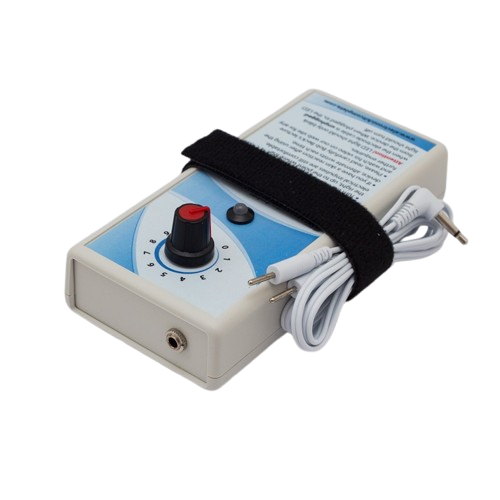Omega-3 Fatty Acids: Essential Fats for Body and Brain
Omega-3 fatty acids are essential polyunsaturated fats that play a vital role in overall health. Since the human body cannot produce them on its own, they must be obtained through diet or supplements. Omega-3s are best known for supporting heart health, brain function, vision, and reducing inflammation.
Types of Omega-3 Fatty Acids
There are three main types of omega-3 fatty acids:
- ALA (alpha-linolenic acid) – found mainly in plant sources such as flaxseeds, chia seeds, walnuts, and hemp seeds.
- EPA (eicosapentaenoic acid) – found in fatty fish and some algae.
- DHA (docosahexaenoic acid) – also found in fatty fish and algae, and especially important for brain and eye health.
The body can convert ALA into EPA and DHA, but the conversion rate is very low—often less than 10%. This is why direct sources of EPA and DHA are considered more effective for health benefits.
Food Sources of Omega-3
Omega-3 fatty acids are found in both plant-based and marine sources, but not all forms are used equally by the body.
Plant-based sources (mostly ALA):
These contain alpha-linolenic acid (ALA), which the body must convert into EPA and DHA. However, the conversion rate is very low—typically less than 5–10%, and even lower for DHA. This means that while plant sources are healthy and beneficial, they are not as efficient for directly raising EPA and DHA levels in the body.
- Flaxseeds (ground), 1 tbsp – ~2.4g ALA
- Chia seeds, 1 tbsp – ~2.5g ALA
- Walnuts, 28g (1 oz) – ~2.5g ALA
- Hemp seeds, 1 tbsp – ~0.9g ALA
- Canola oil, 1 tbsp – ~1.3g ALA
Those following a plant-based diet may benefit from algae-based supplements, which provide DHA directly.
Marine sources (rich in EPA and DHA):
These are the most bioavailable and effective sources of omega-3s, especially EPA and DHA, which the body can use immediately without conversion.
- Salmon (cooked, 100g) – ~1.2g EPA + 1.8g DHA
- Mackerel (cooked, 100g) – ~0.9g EPA + 1.4g DHA
- Sardines (canned in oil, 100g) – ~0.5g EPA + 0.5g DHA
- Algae oil (1 tsp) – varies, often ~0.4–0.7g DHA
- Cod liver oil (1 tsp) – ~0.4g EPA + 0.5g DHA
Marine omega-3s are particularly important for brain, heart, and eye function, especially for those with higher needs or those who don’t convert ALA efficiently.
Signs and Symptoms of Omega-3 Deficiency
Omega-3 deficiency may be subtle at first but can become more noticeable over time. Some individuals have reported:
- Dry skin, brittle hair or nails
- Fatigue and poor concentration
- Mood swings, depression, or anxiety
- Inflammation or joint stiffness
- Poor vision or eye dryness
- Hormonal imbalances or menstrual pain
- Memory problems or “brain fog”
Deficiency is more common in those who rarely eat fatty fish, avoid omega-3 supplements, or have digestive issues that impair fat absorption.
Recommended Daily Intake
While there is no universal RDA (Recommended Daily Allowance) for omega-3s, several health organizations suggest the following:
General population:
– 250–500 mg combined EPA and DHA per day for adults
– 1.1g (women) and 1.6g (men) of ALA daily (plant-based)
For specific benefits (e.g., heart health, mood, pregnancy):
Up to 1,000–3,000 mg of EPA+DHA may be recommended
Pregnant and breastfeeding women: at least 200–300 mg DHA daily
Vegans and vegetarians often choose algae oil supplements to meet DHA needs without consuming fish.
Omega-3 vs Omega-6 Balance
Modern diets are often too high in omega-6 fats (found in seed oils, processed foods), which can promote inflammation if not balanced by enough omega-3s. A healthy omega-6 to omega-3 ratio is thought to be around 4:1 or lower, but in many Western diets, it can be as high as 20:1.
Balancing this ratio by increasing omega-3 intake and reducing omega-6 sources may help lower inflammation and improve overall health.
✅ Summary
Omega-3 fatty acids are essential nutrients that support the brain, heart, eyes, skin, and immune system. They must be consumed through food or supplements, especially EPA and DHA, which are most abundant in fish and algae. Plant-based eaters can still meet their needs with a mix of ALA-rich foods and algae oil.
Those who start incorporating more omega-3s into their diets often report better mood, clearer thinking, less inflammation, and improved skin health.
Personal experience: My daughter had great help of Omega 3 in menstrual cramps. They completely went away in 10 minutes. Though she is vegetarian and might’ve been deficient, it is a benefit to try for yourself or tell the women in your life 🙂
This material reflects personal research conducted in my spare time and is intended for informational purposes only. It does not constitute medical advice. Always consult a qualified healthcare provider.
